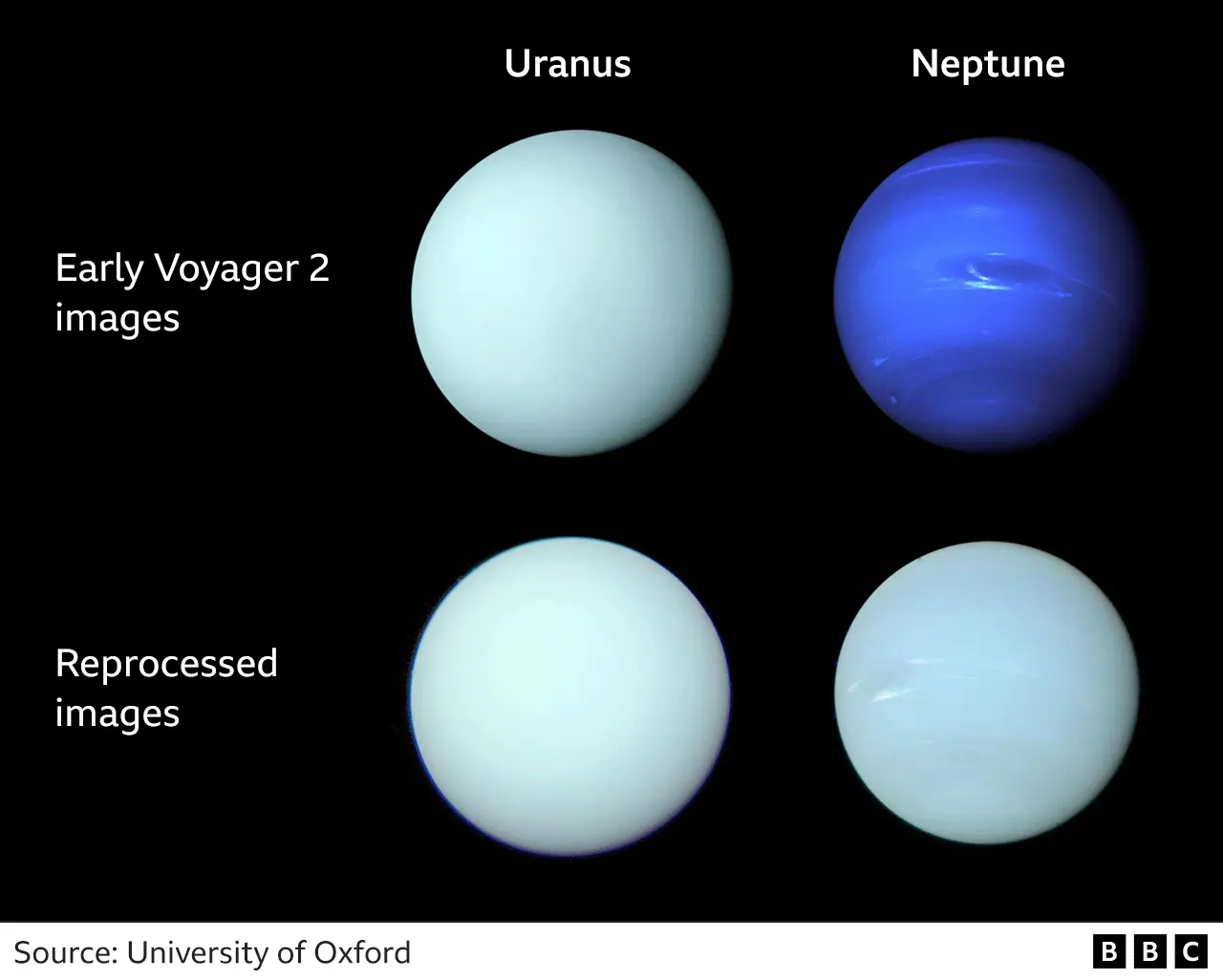this post was submitted on 05 Jan 2024
68 points (100.0% liked)
Science
12912 readers
30 users here now
Studies, research findings, and interesting tidbits from the ever-expanding scientific world.
Subcommunities on Beehaw:
Be sure to also check out these other Fediverse science communities:
This community's icon was made by Aaron Schneider, under the CC-BY-NC-SA 4.0 license.
founded 2 years ago
MODERATORS
you are viewing a single comment's thread
view the rest of the comments
view the rest of the comments

Are you telling me we'll have to find new words for every world's "geo"graphy and "geo"logy too? That won't be convenient.
Honestly I think we should just not bother settling other planets. The headache of updating all our dictionaries won't be worth it.
Space habitats ftw!
There already are, for example geography on Mars is areography and on the Moon it's selenography. This post has a list of some of them.
However, English is whatever we say it is, and most people just use "geography" for everything and specify "Martian geography" or "Lunar geography" when the distinction needs to be made.
I propose Stellography